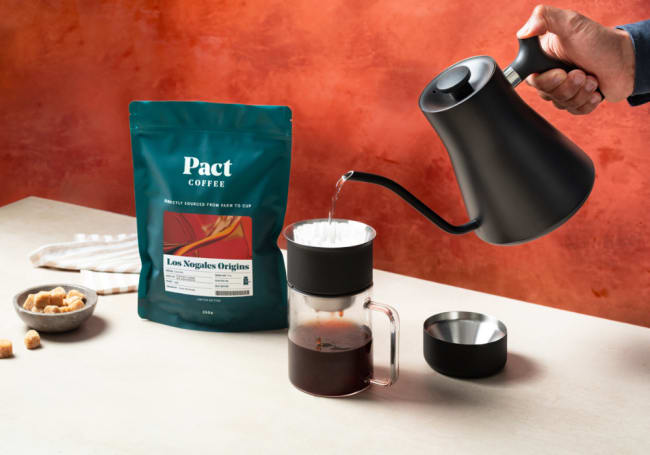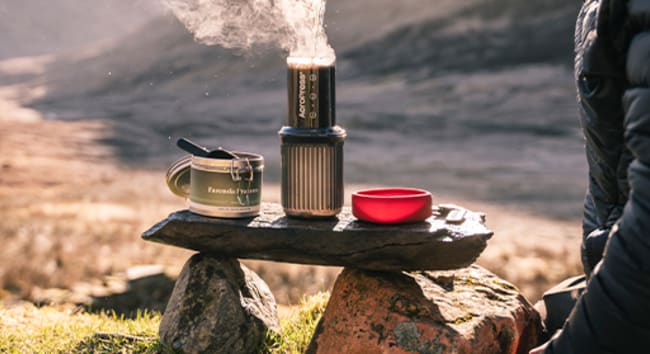If you’ve ever noticed that some speciality coffees taste bright and fruity while others are rich and chocolatey, altitude is one of the main reasons why. The elevation at which coffee is grown – measured in ‘metres above sea level’ (MASL) – has a massive impact on its flavour, body, and acidity.
But why does elevation matter so much, and how does it affect the coffee in your cup? Let’s dive in.











